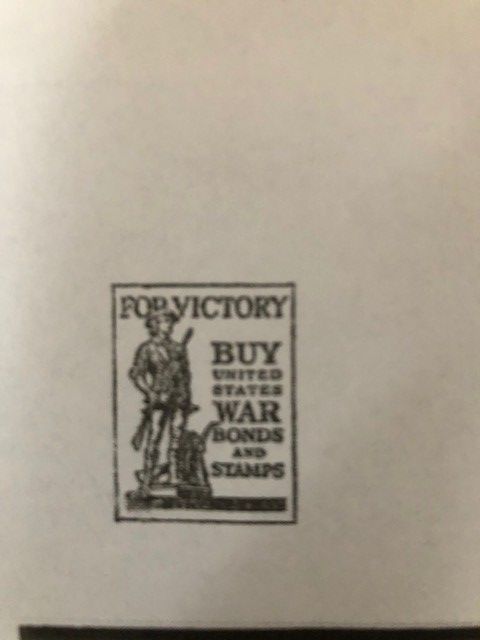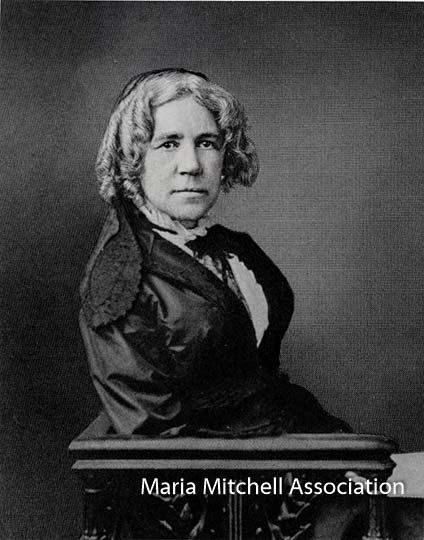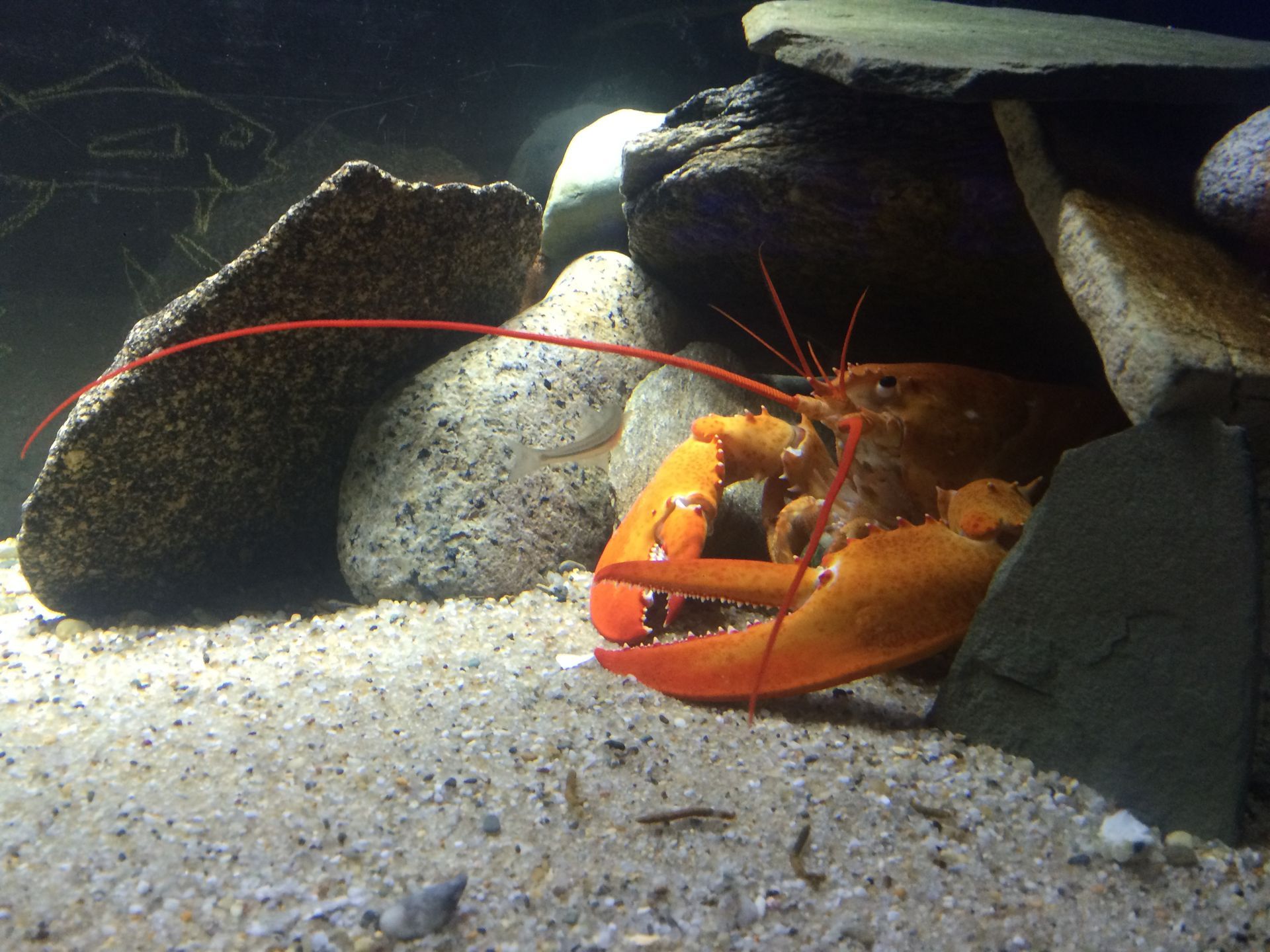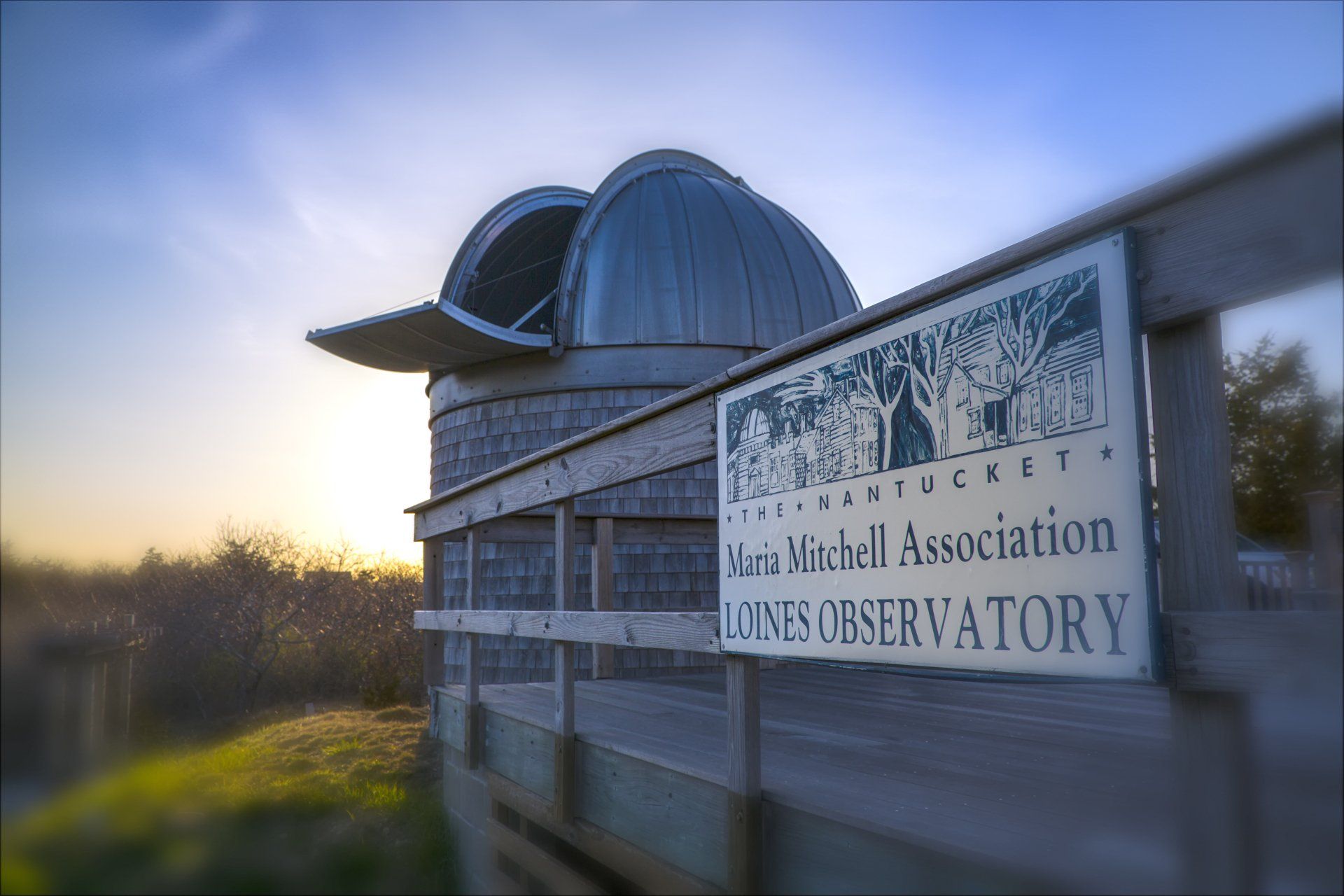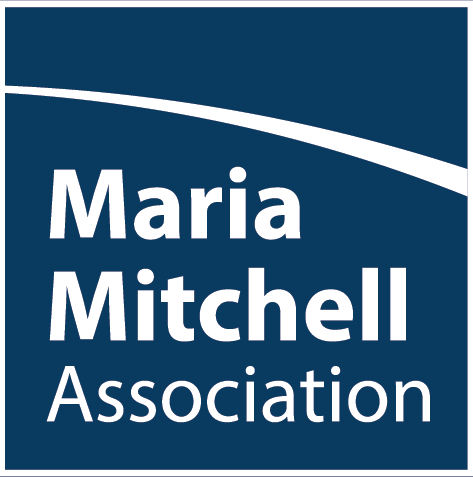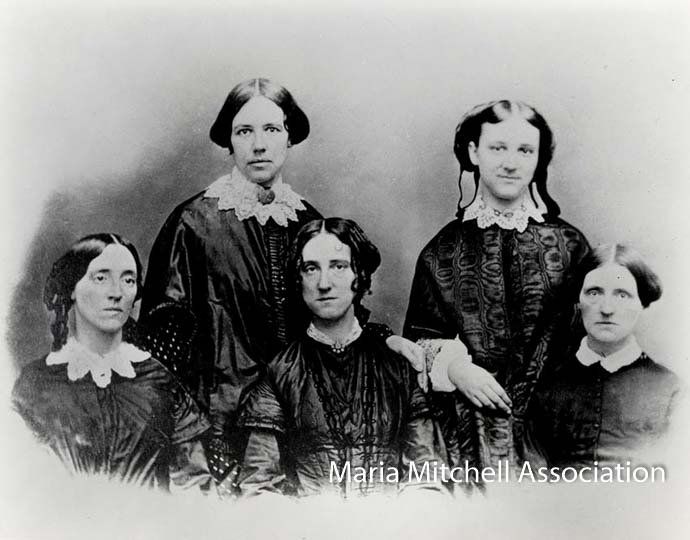Missing Pieces
Unfortunately, and frustratingly, in history we will always have missing pieces. In particular, about daily life, the details of a person’s life, and about the average person who went unnoticed as she/he did her/his work and lived her/his life.
On occasion, we get a better glimpse into daily life when we come across a person’s personal journals and letters, account books, even photographs if it is late enough in time. It still doesn’t tell you every last detail, but it does help.
People think I know everything about Maria Mitchell. I do not not. I know a great deal but not everything and not how she felt about everything. We don’t have details about her life as a child besides the few things that were written as an adult or remembered by others. We certainly have large holes of information about some of her siblings, even her mother, Lydia Coleman Mitchell. And these holes are always something I try and keep filling. I will never fill them all in but little pieces do help to paint a picture.
This fall, I and the Mitchell House, had the good fortune of meeting a couple from New Mexico who were on a New England tour. The wife is from an old New England family – ancestors on the Mayflower (says I, the descendant of late 19 th and early 20 th century immigrants from Ireland, Germany, and Italy) – and ancestors who lived on Nantucket, including her great grandmother, Eliza Gardner Heaton, who was born on Nantucket to Prince and Mary Gorham Gardner in 1816. Eliza was a friend of Sally Mitchell’s (also born in 1816), the oldest sister of Maria Mitchell, and friendly with Maria as well. Even better, Eliza attended William Mitchell’s schools. This couple very kindly provided me with the recollections and notes of Eliza as they reference Sally and William and Maria as well.
I awaited the copies in the mail, and still having to close up Mitchell House for the winter, I was only recently able to begin reading the documents though I have been hankering since they came in the mail (I allowed myself a cursory look then). And they have proved more than useful as they have provided me with information to fill a few holes not just about Sally, but William’s school as well – even a tidbit or two about Maria!
So, a few holes have been filled with many more gigantic ones to slowly fill in. Maybe someday they will get filled to some extent. But for now, I have some more pieces to use to tell the Mitchell story and also to put into our archives for future reference and for others to use to fill other holes!
JNLF
Recent Posts
